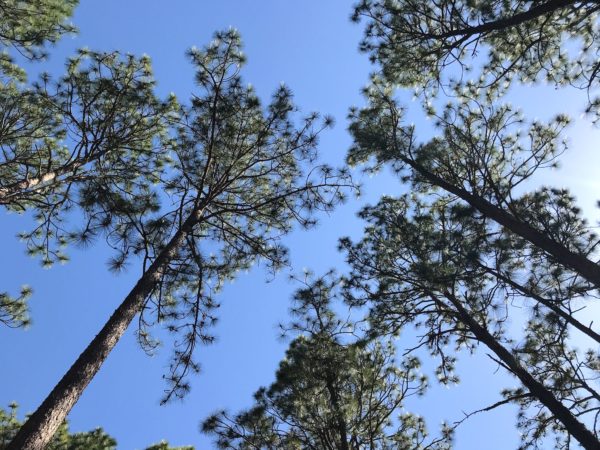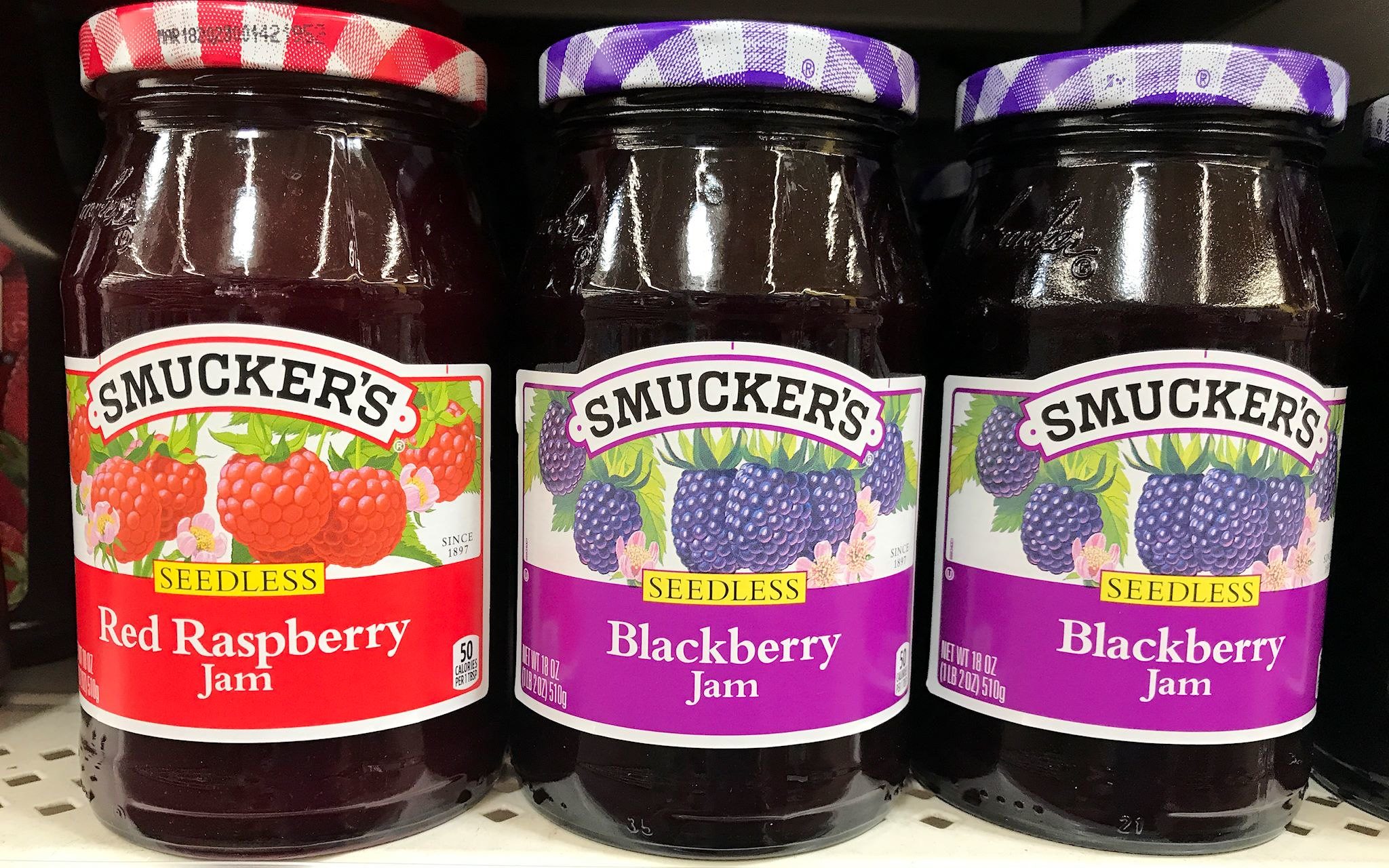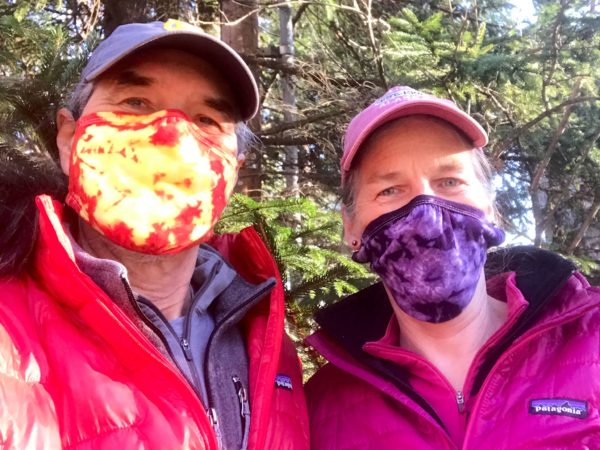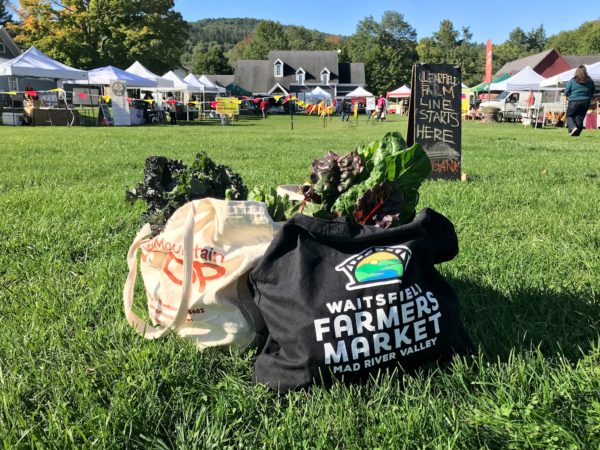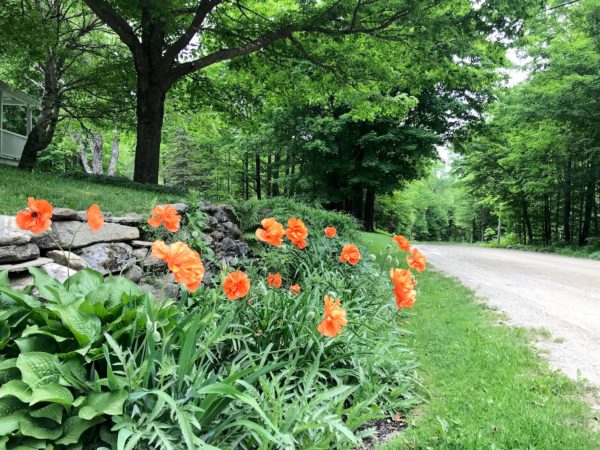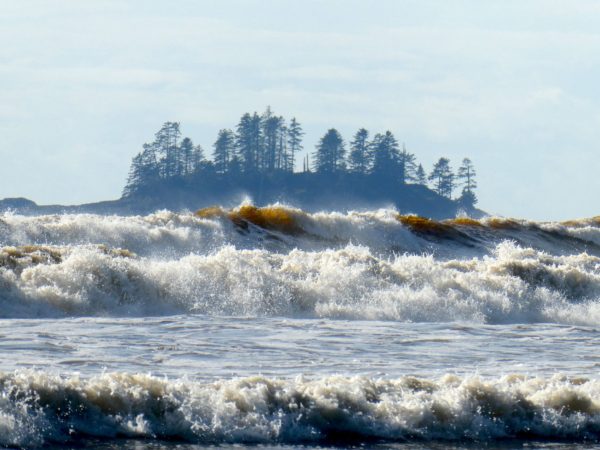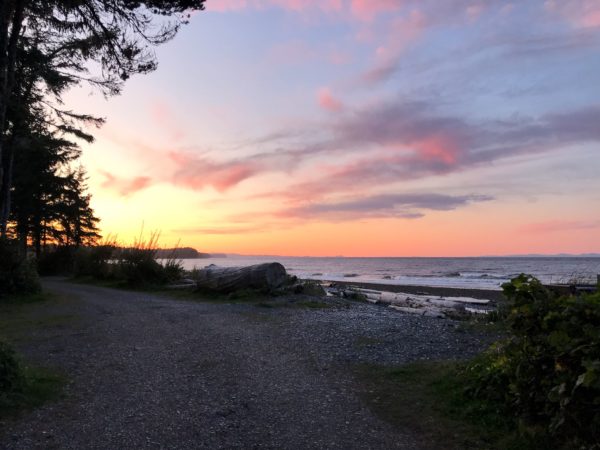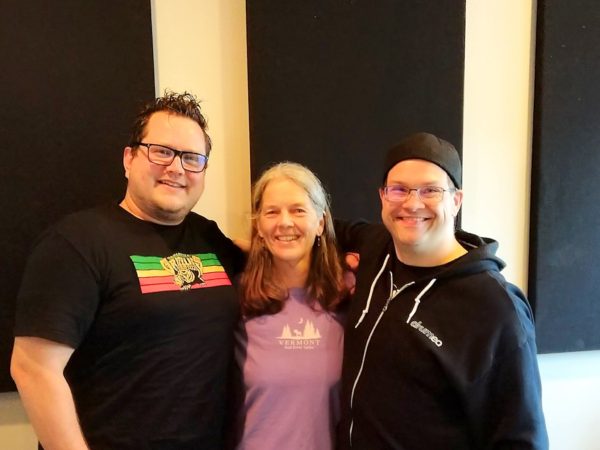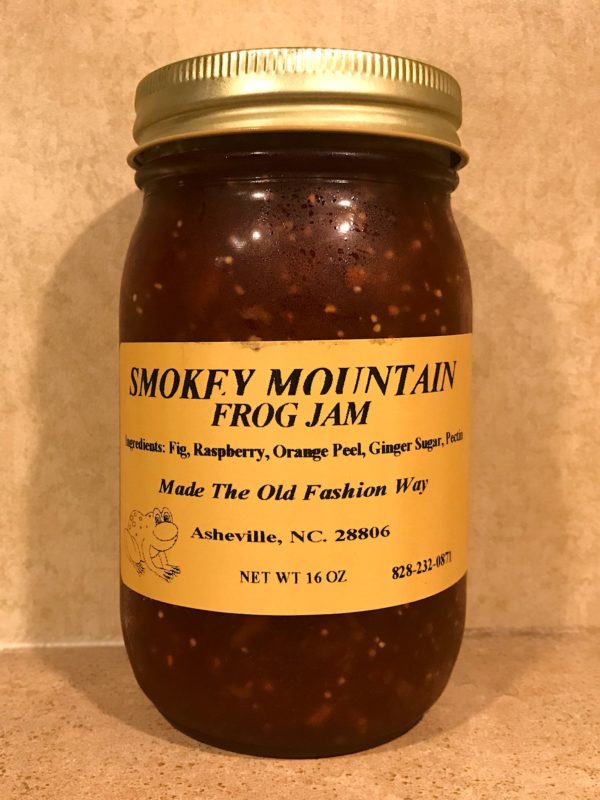
This time, it was a cosmic, serendipitous, path crossing of two Drumeos…
During an online conversation about drumming, fellow Drumeo member Shawna (aka Music Dragon) mentioned she was heading out on a road trip. I perked right up and asked about the trip. Numerous online conversations later, she mentioned that although she lives in North Carolina, Shawna was starting her road trip from her mom’s place in Florida. Florida? Where? Satellite Beach, about 5 miles from where my mom lives… And, she’d be in town for 2 weeks – overlapping with our stay. Gotta meet up!
Continue reading “Jabs and jams, part 1.5”
